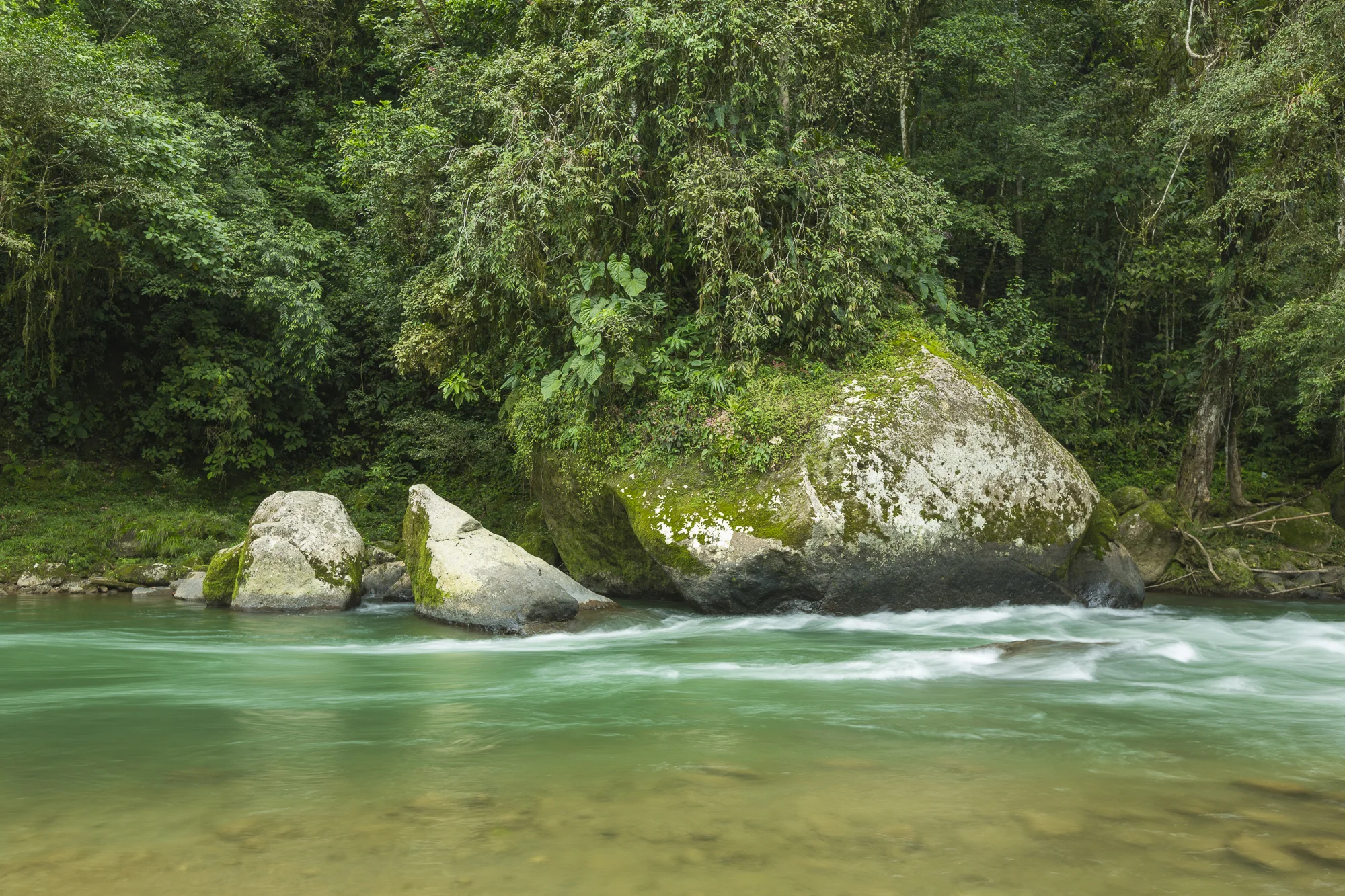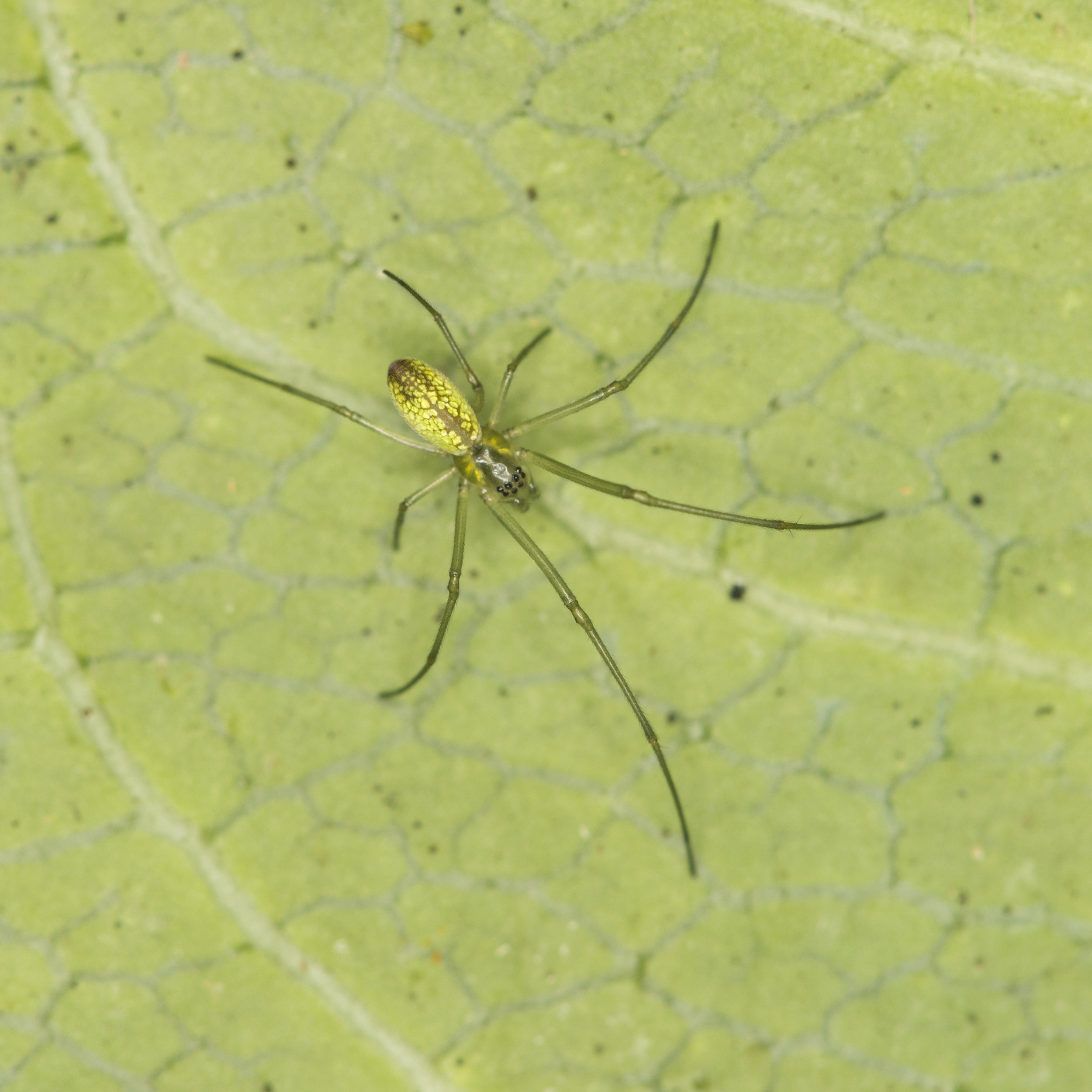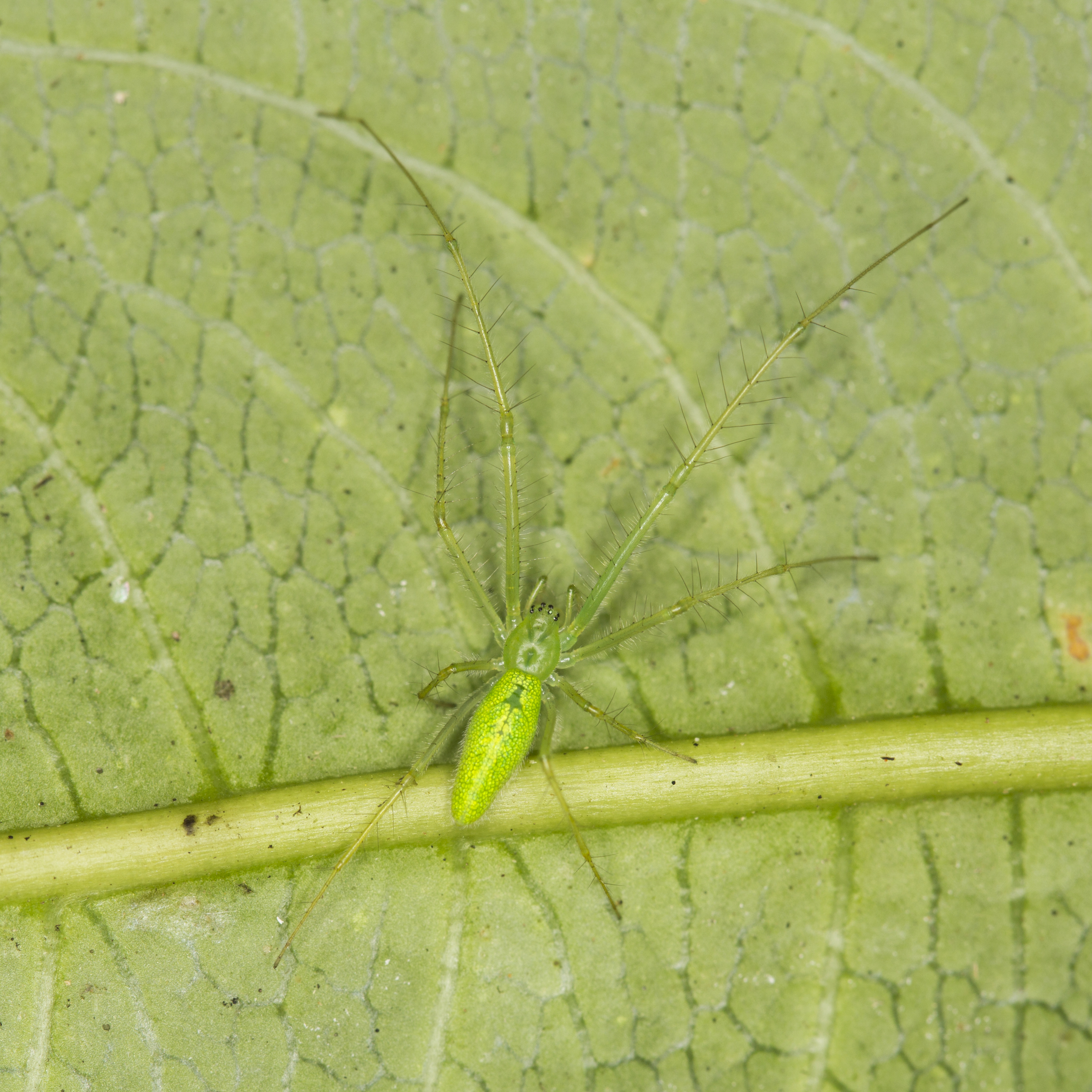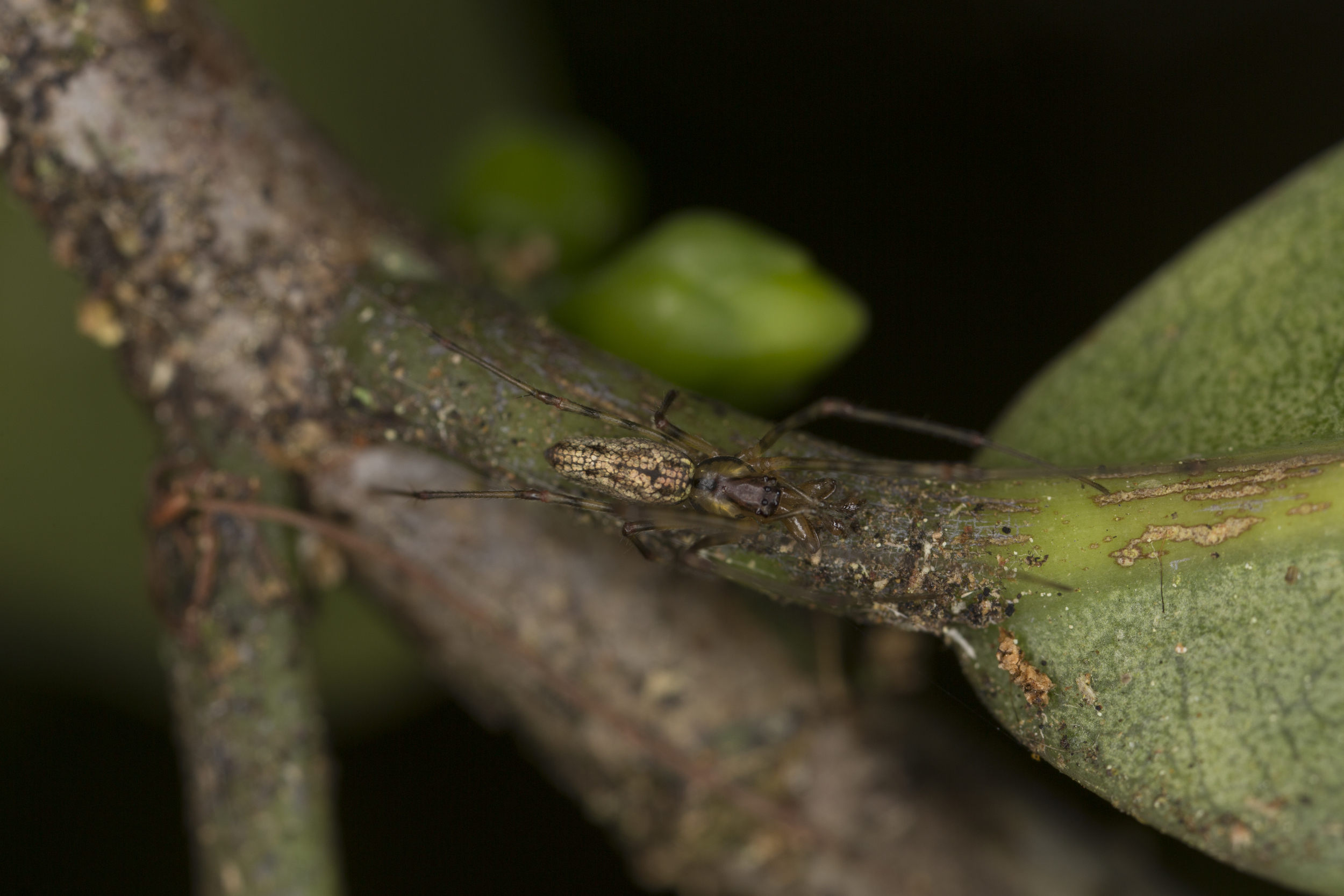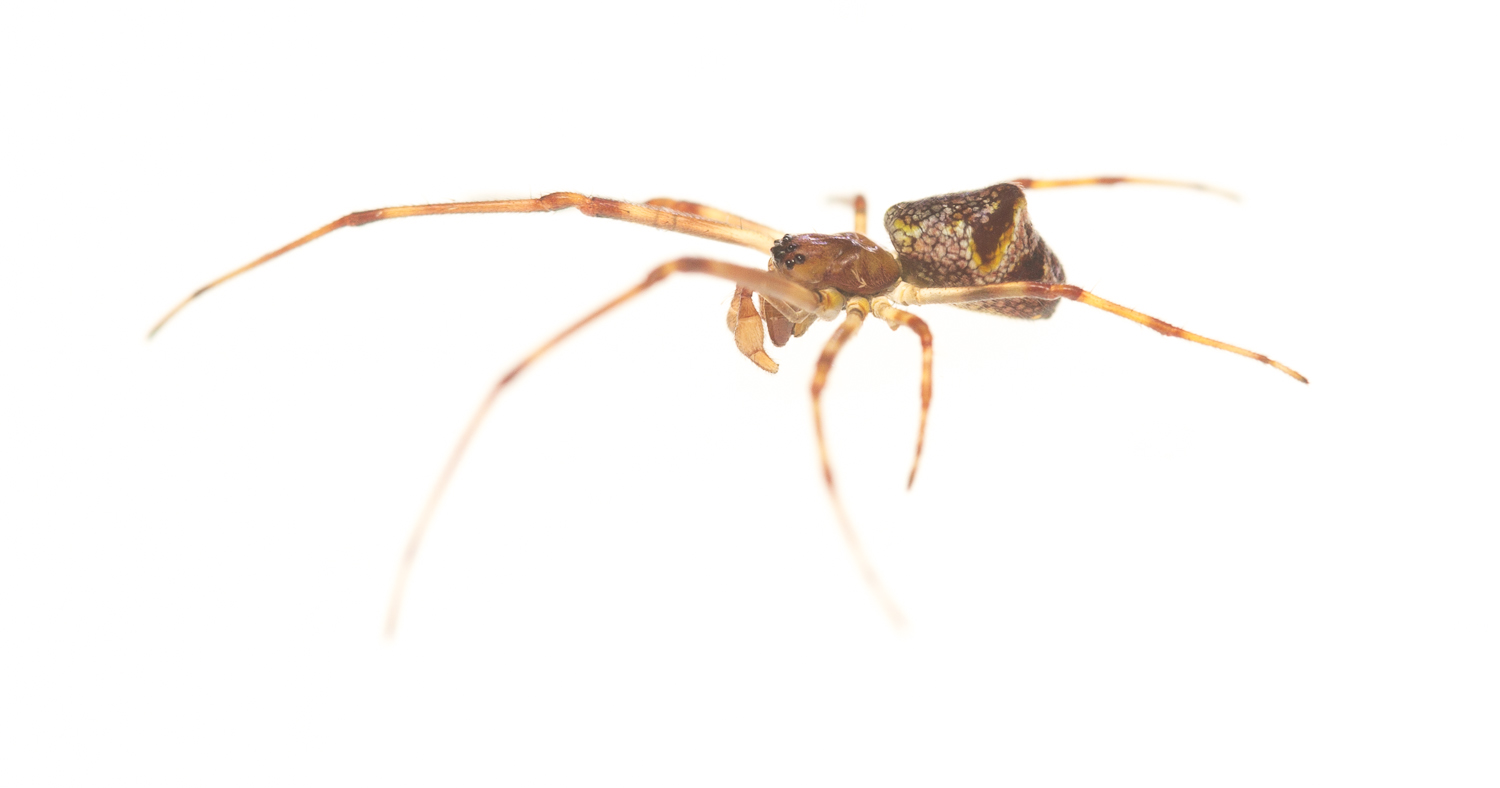I guess you could say I became passionate about bugs at an early age. I grew up on a farm on the north shore of Maui – a tropical island that was a virtual paradise for an abundant and unique assortment of insects and other fascinating little creatures. Somewhat to my parents concern, I kept an on-going collection of them in various jars, bottles, and containers in my bedroom.
Then when I was nine, my parents gave me a real stereoscope for Christmas, instantly opening up a whole new world. Normal beetles turned into colorful giants with bulging eyes, a simple spider had exotic looking feathery legs and a visibly beating heart.
After an egg sack containing hundreds of tiny praying mantis’ hatched in my bedroom one day, causing mild hysteria in my mother, my parents bought me a camera, hoping that this might encourage an interest in a different sort of hobby. Unfortunately the idea backfired as I then began photographing…yep, insects, and still in my bedroom. At that point, my parents gave up and just told me to keep my door shut.

